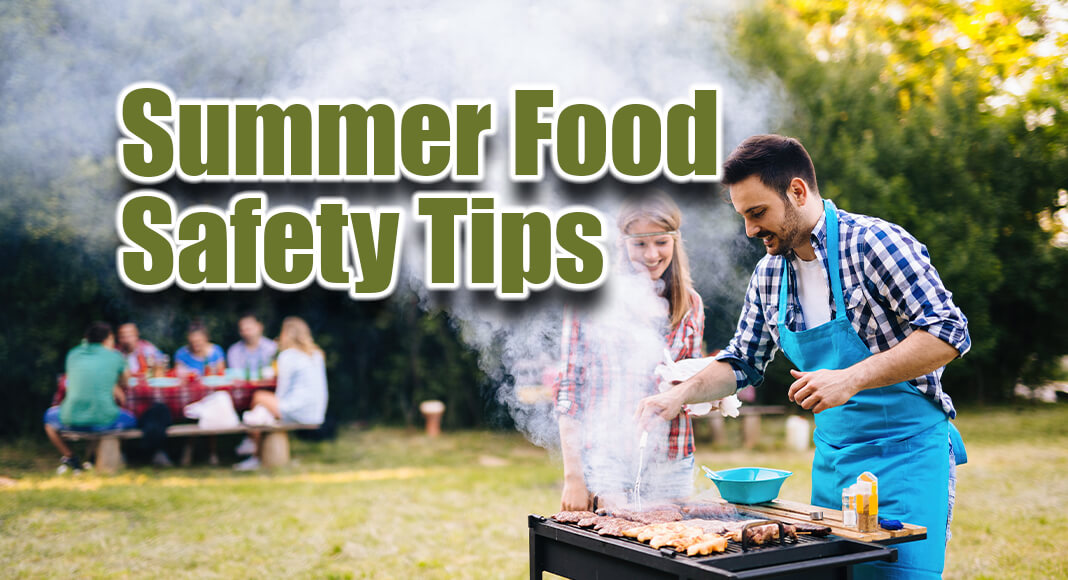
Mega Doctor News
- Advertisement -
Newswise — Kimberly Baker, Ph.D., RD, LD, director of the Clemson Extension Food Systems and Safety Program Team, shared a few tips below for food safety during outdoor dining.
To keep foods cold during a cookout:
- Using a bowl or pan that is larger than the food’s serving dish, fill with ice and nestle the serving dish on top of the ice. Using a serving bowl or pan with tall sides will allow the serving dish to be set deeper into the ice and maintain the cold temperature longer.
- Use a cooler to keep food cold, ensuring there is enough room to hold adequate ice or ice packs with the food and minimizing how much the cooler is opened. If storing food for a longer period, wrap food in smaller portions to only serve what is needed and keep the remaining food cold. If necessary, have an extra cooler with ice or ice packs for food/drinks that will be opened more often.
- If you do not have the ability to provide temperature control for cold food during a cookout, cold food can be kept at ambient temperature for up to six hours if the food is 40°F or lower when being removed from temperature control and if it does not exceed 70°F during service. Check the food’s temperature every hour to ensure it has not exceeded 70°F. If the food has a temperature of 70°F or higher, then throw it out. Mark the time the food is removed from temperature control, so you can determine when it should be discarded. After six hours, discard any leftover food.
To keep foods hot during a cookout:
- Use a chafing pan with sternos (fuel cans) to keep food hot.
- Create a portable hot box using preheated bricks. Wrap clean bricks with aluminum foil and heat in the oven on 350-400 degrees until hot. Line a large cooler with clean towels, place hot bricks carefully in the bottom of the cooler, but on top of the towels. Place hot food (food should already be 135°F or higher) on top of bricks and continue to wrap the towel(s) in the cooler around the food to provide insulation on all sides of the food.
- If you do not have the ability to provide temperature control for hot food during a cookout, hot food can be kept at ambient temperatures for up to four hours if the food is 135°F or higher when being removed from temperature control. Mark the time the food is removed from temperature control, so you can determine when it should be discarded. After four hours, discard any leftover food.









